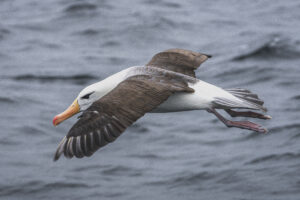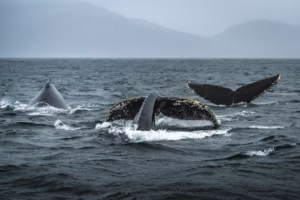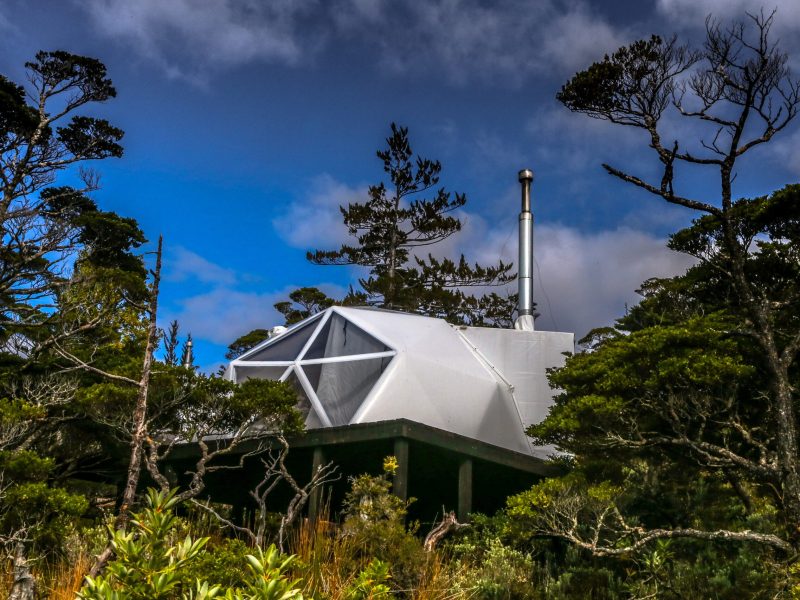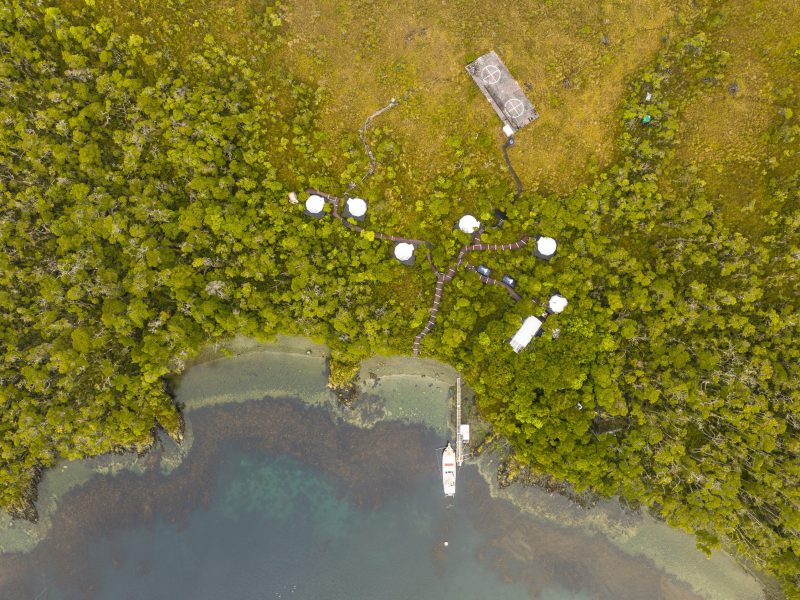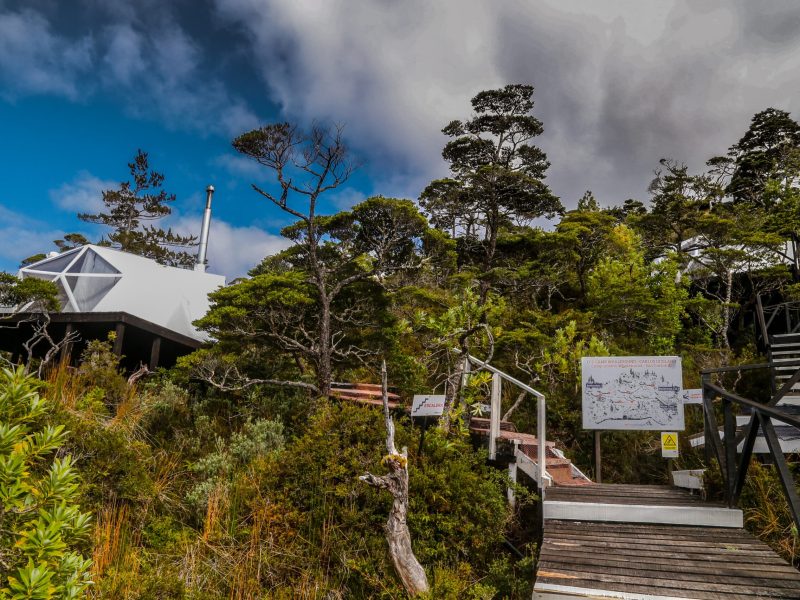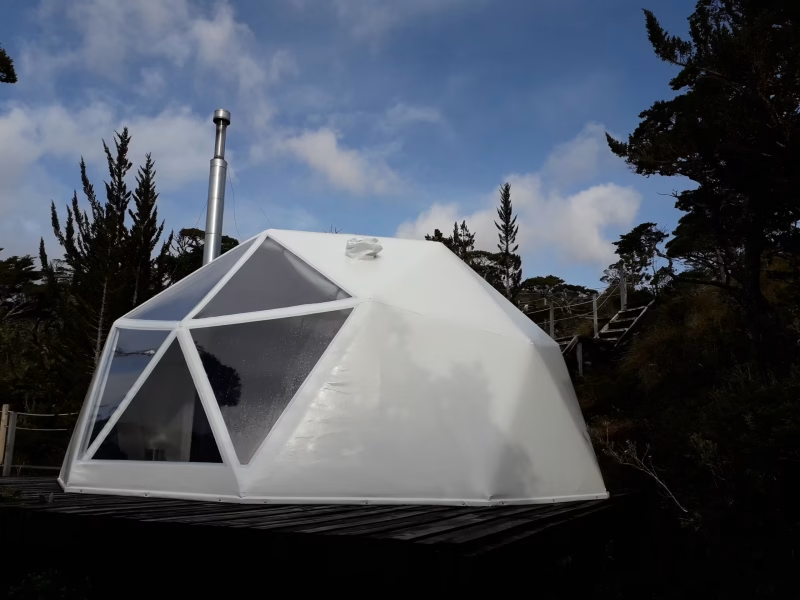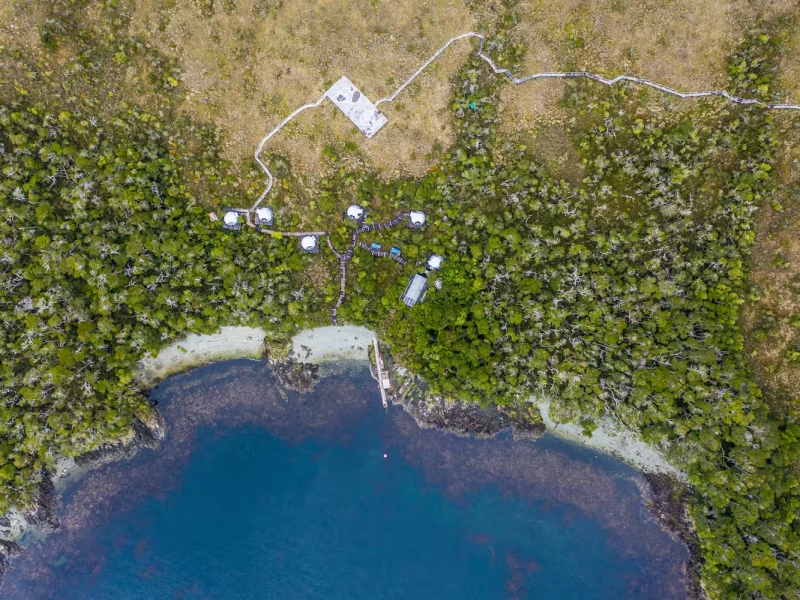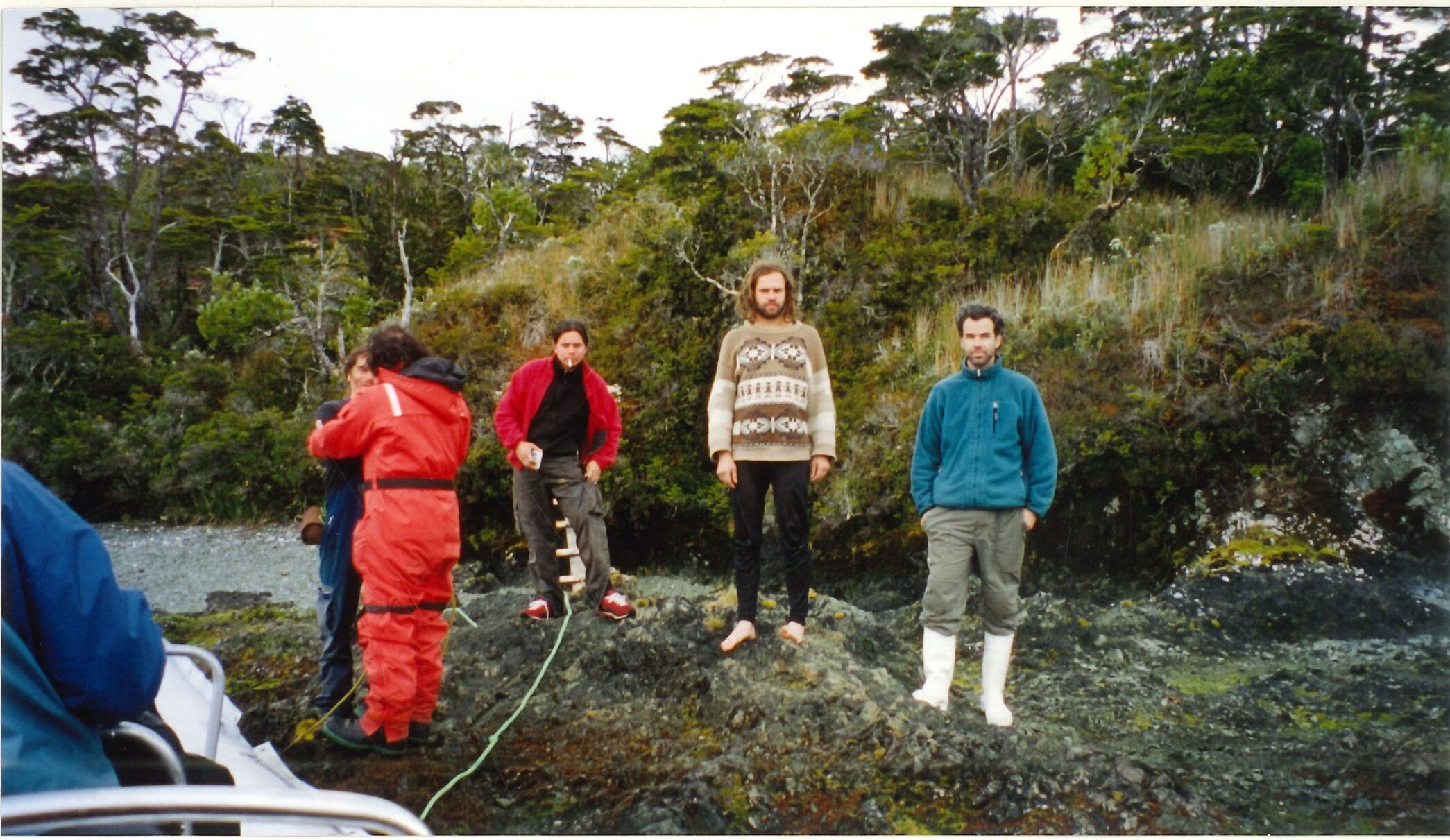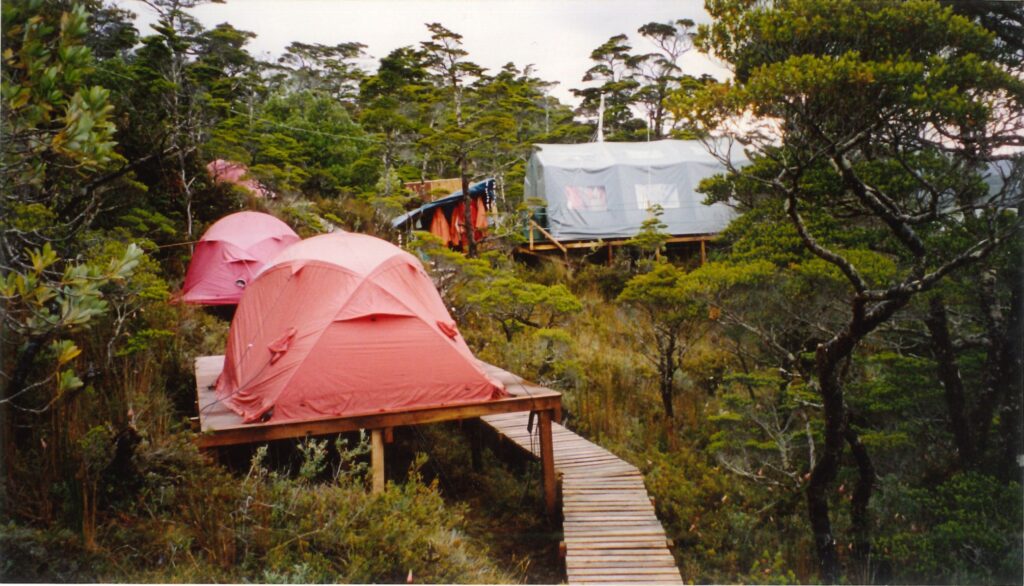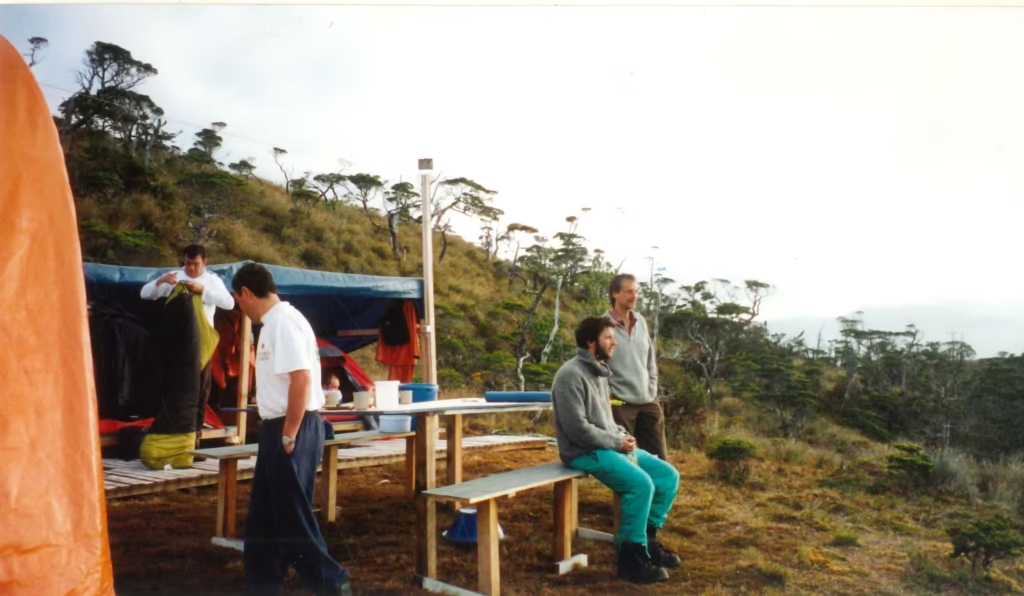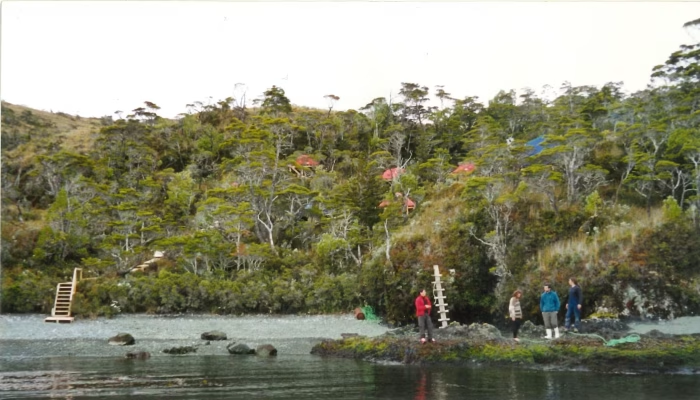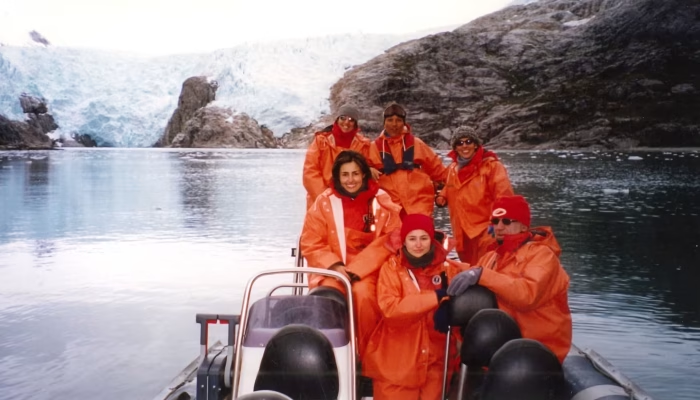Chile continues to lead in vessel collisions with whales: an urgent call to action
- Published in: Frontiers in Marine Science, 2025
- Authors: Frederick Toro, Jorge Gibbons, Juan Capella, Jorge Acevedo, Bárbara Galletti Vernazzani, Rodrigo Hucke-Gaete, among others
- Download the full study here
What does this study tell us?
This work updates and expands the data on the worrying phenomenon of Collisions between ships and large cetaceans in Chilean waters, showing that the Collision rate remains one of the highest in the Southern Hemisphere.
With new information collected between 2020 and 2023, the authors reinforce the need to implement concrete mitigation measures and deliver updated risk maps that reveal critical collision zones along the entire Chilean coast, especially in Patagonia.
Main findings
They registered new collision events between 2020 and 2023, adding more than 120 confirmed or highly probable events since 1979.
The most affected species continue to be:
Humpback whale
Blue whale
Sei Whale
Fin whale
Collisions occur mainly with merchant ships, ferries and tourist cruises, although also with smaller vessels.
The areas with highest current risk are:
Strait of Magellan (including the Magdalena Channel)
Gulf of Penas
Los Lagos Region (especially near Chiloé)
Why is it so serious?
Some affected species are in danger or vulnerable, and collisions could have population effects.
Many whales collided are females with young, which aggravates the impact on the recovery of populations.
Chile still lacks a specific national strategy to reduce the risk of collisions.
What does the study propose?
The authors recommend a series of concrete actions, including:
Implementation of reduced speed navigation zones (e.g. under 10 knots) in critical areas.
Diversion of maritime routes outside of areas of high whale density.
Collaborative monitoring with the shipping sector, NGOs and scientific communities.
Incorporation of the problem into the environmental impact assessments of coastal and maritime projects.
Use of technologies such as passive hydrophones and satellite monitoring for real-time alerts.
Whalesound and its commitment
Whalesound is actively involved in whale monitoring in the Magallanes region, one of the areas most affected by collisions. We promote Responsible navigation, scientific tourism and data delivery to the scientific community to build collective solutions.
